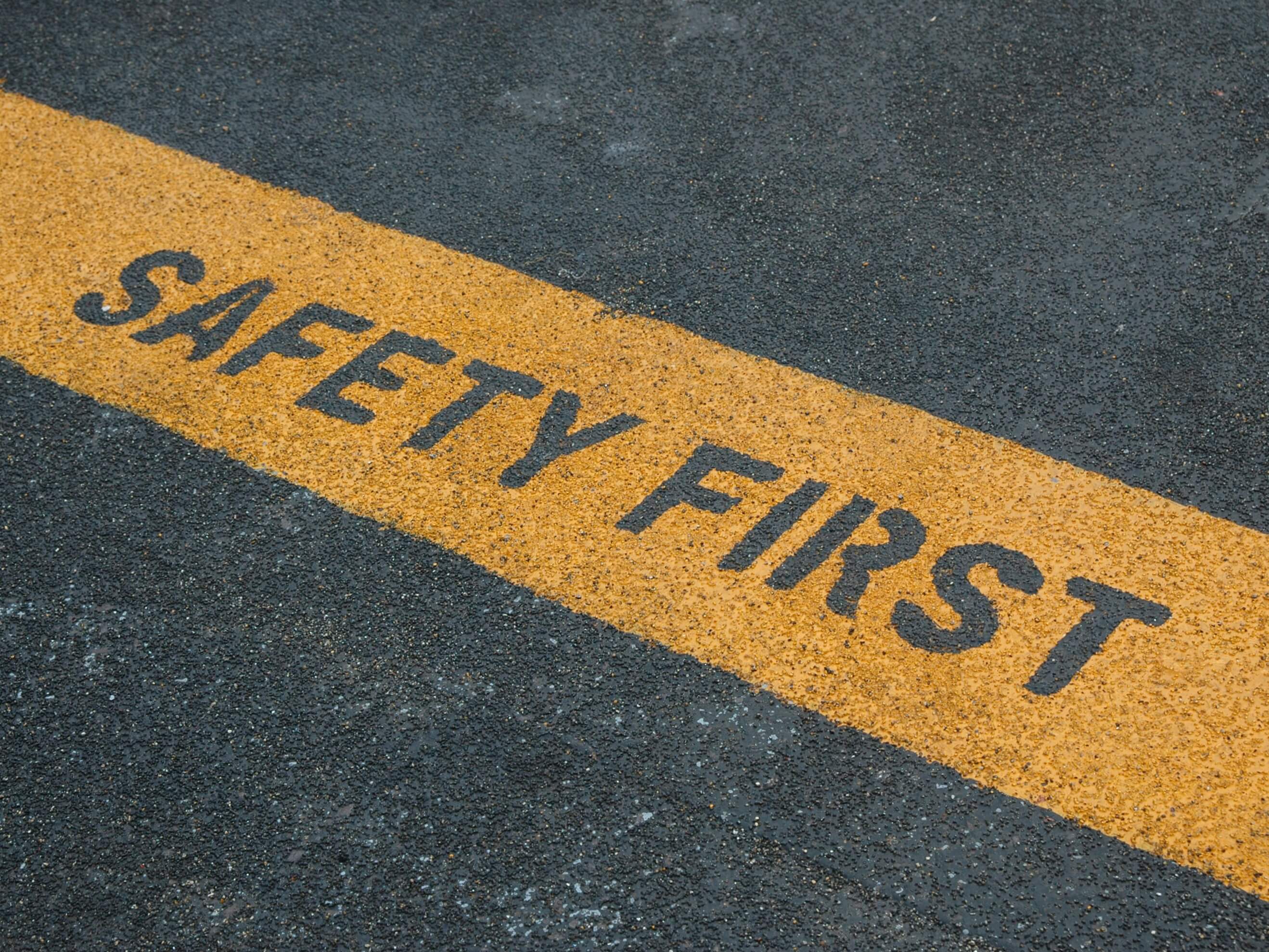12 March 2019
7 min read
Published by:

A report from an independent review (Review) of the harmonised Work Health & Safety (WHS) laws in Australia has provided an overall tick of approval, along with giving a series of recommendations to assist in delivering clarity, consistency and effective operation and enforcement of the laws.
But what does the Review mean for businesses around Australia?
Background to the Review
The Review examined the operation and effectiveness of WHS laws in all jurisdictions in Australia. Those model laws were first developed by Safe Work Australia in 2009-2011 and were enacted between 2011 and 2012 in all jurisdictions except Victoria and Western Australia - the only two states that have not yet enacted the laws.
The submissions sought by the Review covered broad issues with the purpose of eliciting responses from businesses, employer and worker associations and regulators as to the effectiveness and practical operation of the laws.
This is a critical point because at the time that the model WHS laws were implemented in 2011-2012 there was arguably uncertainty as to whether the new laws would necessarily improve safety in the workplace. It is one thing to have uniform laws. It is another thing for those uniform laws to operate effectively, particularly if they are not being applied uniformly.
What did the Review look at?
The types of questions asked by the Review were ones that your organisation may well have asked itself over the years, including:
Perhaps not surprisingly, the author of the report, Marie Boland (former Executive Director, SafeWork South Australia), stated that:
Two key themes running through this Review process are confusion and complexity, mainly in relation to the model WHS Regulations and Codes. Businesses say that they find it difficult to navigate their way through the three tiers of the laws to select those aspects that specifically apply to them. Many small businesses in particular continually raised questions about how they should assess the risks and hazards in their workplace and what actions they should take to fulfil their WHS obligations.
Other key questions asked by the Review included:
What were the recommendations?
In total there were 34 recommendations made by the Review ranging from broad recommendations on the role of Safe Work Australia, the interaction between State and Territory regulators and improving and consistency in prosecutorial discretion in enforcement, right down to very detailed recommendations about aligning dates for compliance with notices for production of documents, photo ID on construction industry White Cards and a suggested review of the high risk work licence classes for cranes.
Increase penalties and industrial manslaughter
Perhaps not surprisingly, the Review recommended an increase in maximum penalties, noting that in harmonised jurisdictions they have not increased with CPI or at all since 2011. Further, in accordance with the recent public outcry over serious workplace incidents, a recommendation was made that a separate offence for industrial manslaughter be included in the WHS Act. This was coupled with a suggestion that Category 1 offences (being the most serious) should be expanded to pick up ‘grossly negligent’ behaviour in addition to the current element of ‘recklessness’. Of these recommendations, probably only the increase of maximum fines will be initially adopted by all jurisdictions, as the political debate over separate industrial manslaughter laws continues to rage.
Immediate practical recommendations
A number of the recommendations, if implemented, could have immediate practical consequences for organisations.
These include:
Practical guidance recommendations
And in terms of practical guidance, the Review recommended that:
Conclusion
The Review will take some time for governments and stakeholders to consider. At this stage, businesses should not expect to see any immediate changes to the law.
However, the Review provides a clear and cogent framework for the implementation of a number of practical changes to the current laws - and businesses will be required to review their systems and processes. Particular areas will include incident notification, HSRs, right of entry and insurance arrangements.
A full copy of the Review report can be found here.
Author: Michael Selinger & Ushna Bashir
Contacts
Sydney
Michael Selinger, Partner
T: +61 2 8083 0430
E: michael.selinger@holdingredlich.com
Brisbane
Rachel Drew, Partner
T: +61 7 3135 0617
E: rachel.drew@holdingredlich.com
Melbourne
Benjamin Marshall, Partner
T: +61 3 9321 9864
E: ben.marshall@holdingredlich.com
Disclaimer
The information in this publication is of a general nature and is not intended to address the circumstances of any particular individual or entity. Although we endeavour to provide accurate and timely information, we do not guarantee that the information in this publication is accurate at the date it is received or that it will continue to be accurate in the future. We are not responsible for the information of any source to which a link is provided or reference is made and exclude all liability in connection with use of these sources.
Published by: